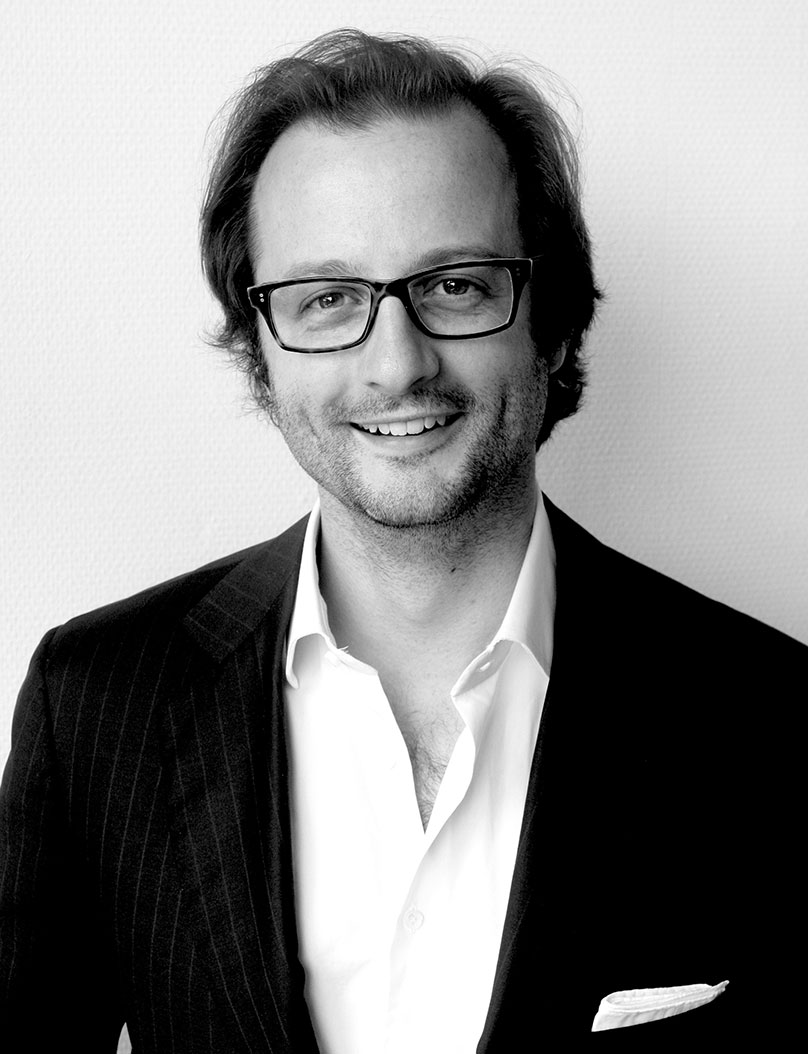#2 — Digital Transformation — All-in for small structures
Small is beautiful
Not all SME’s are Google but nothing’s better than a SME with a good direct manager to start one’s career. A gold nugget. Every minute you can spend with a colleague is a gold nugget in the form of knowledge that’s being transferred to you. Her experience can frame you, contextualise your actions. She will let you fall to learn faster. Let you taste the dust while helping you take the fast learning line.
What matters is what’s in the job, not what it looks like. Not the title nor the social status. Not even the package, the monetary package.
What for experience and expertise are you going to develop? What are you going to learn on the ride? What will make you grow personally and professionally? All that glitters is not gold and small is beautiful!
A posteriori vs a priori knowledge — Empirical evidence
In a SME, you’re quickly frontline. You learn to take responsibilities and risks. You’re going to be multitasks. You will do things because they have to be done not because they enter in the scope of your job title and job description. Reality is multi-dimensional so should your job be.
One learns by doing, not discussing in meetings thanks to beautiful theoretical sales pitch Powerpoint presentations. Usually, right after this big meetings, the big, the middle, the small and all the bosses will transfer responsibilities across departments, suppliers and team members. A transfer of risk to survive in a big corporate environment by securing the option to later be able to point fingers at others if something goes wrong. Theory and reality being to different conceptions, there will always be something going … differently.
Schools are good (or not) at teaching theory. At the nursery, one starts with learning by doing until she’s 3. Then for the first few years theory and practices are getting balanced. Afterwards it evolves quickly to more and more theoretical learning until she’s at least 16–18 years old. For those moving their studies forward and aiming at graduating from a bachelor or even a master degree, this theoretical world continues until their 23–24 years old. Why would one want to keep doing theory except to stay in her comfort zone?
Small innovation
Innovation, like everything, starts small. Hence the innovator’s dilemma hitting the larger structure. Big established corporations strive for exploiting their past (innovation), and get the most out of an already large gold vein. They are under the short term pressure of their quarterly earnings reports.
At the opposite, small companies strive for their survival. Each single new client is a major win and allows the company to keep innovating on its product/service quickly, hoping, soon or later, to disrupt the market or the value network.
As a consequence, small structures are more prone to take on this challenge. Their agility, flexibility, skin in the game allow them to embrace more easily new technologies. They can deliver differently, more effectively, more efficiently a job required to be done by a customer.
To be continued ...

Auteur
Nicolas Debray
Autres articles de la série : "Digital Transformation’s Impact on Advertising Industry"
Small is beautiful
Catégories
À Lire
Suivez-nous
Restez branchés
nos dernières actualités directement
dans votre boite mail !




